
Legal design and personal data for minors: the 405 million euro question
In the European Union, we do not joke with



Signs extracted from non-verbal language, © Mai Anne Benedic
We reconcile the law and its users by
transforming documents, processes and services
into tools for action and empowerment.
We love law, and we love to share.
Alongside our research activity, we
teach at Sciences Po Paris, Assas and
Singapore Management University. But the
modernization of the law for us is the business of all:
this is why we offer training adapted to your needs.
There is no design without user research, and in particular
without user testing! Our User Testing Lab created with Mathilde da Rocha, PhD in
cognitive neurosciences, allows you to easily test
your existing documents, processes or websites
- as long as it is related to the law!
Dark patterns, or deceptive patterns,
are deceptive or manipulative interfaces
that make you act without being aware of it,
or even against your own interests.
Our R&D Lab has taken up the problem
and we have created a dedicated platform
to identify dark patterns, remedy them
with off-the-shelf or custom-made fair patterns,
and train designers, developers, marketers,
lawyers and all citizens to avoid them.
To continue our founder's work at the ENSCI
"Shaping the law to restore
its function", we created our R&D lab in 2021
thanks to BPI financing. A continuous
loop where R&D feeds our projects,
our projects apply and test our R&D hypotheses,
and in turn feed our research.
The curse of time-consuming, tension-creating and, above all, unenforced NDAs is over.
Thanks to hundreds of hours of user research
and numerous projects, we have
created the first NDA that generates trust and puts
everyone on the same page: operational staff and lawyers.
We reconcile the law and its users by
transforming documents, processes and services
into tools for action and empowerment.
We love law, and we love to share.
Alongside our research activity, we
teach at Sciences Po Paris, Assas and
Singapore Management University. But the
modernization of the law for us is the business of all:
this is why we offer training adapted to your needs.
There is no design without user research, and in particular
without user testing! Our User Testing Lab created with Mathilde da Rocha, PhD in
cognitive neurosciences, allows you to easily test
your existing documents, processes or websites
- as long as it is related to the law!
Dark patterns, or deceptive patterns,
are deceptive or manipulative interfaces
that make you act without being aware of it,
or even against your own interests.
Our R&D Lab has taken up the problem
and we have created a dedicated platform
to identify dark patterns, remedy them
with off-the-shelf or custom-made fair patterns,
and train designers, developers, marketers,
lawyers and all citizens to avoid them.
To continue our founder's work at the ENSCI
"Shaping the law to restore
its function", we created our R&D lab in 2021
thanks to BPI financing. A continuous
loop where R&D feeds our projects,
our projects apply and test our R&D hypotheses,
and in turn feed our research.
The curse of time-consuming, tension-creating and, above all, unenforced NDAs is over.
Thanks to hundreds of hours of user research
and numerous projects, we have
created the first NDA that generates trust and puts
everyone on the same page: operational staff and lawyers.
Our expertise has been rewarded by several innovation awards
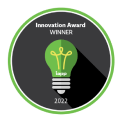
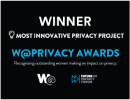





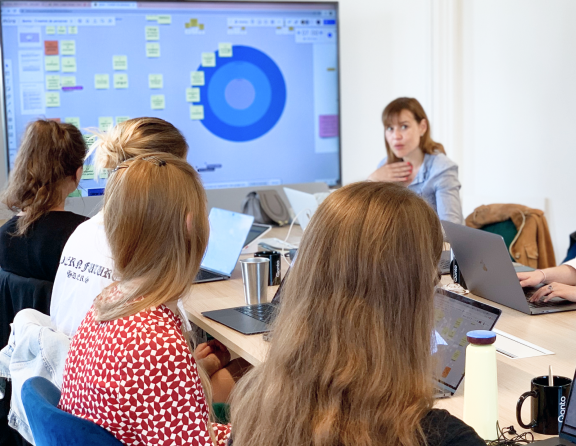
We love law and we love to share. In addition to our research activities, we teach at Sciences Po Paris, Assas and Singapore Management University. But for us, the modernization of law is everyone's business: this is why we offer training courses adapted to your needs.







Legal design is a discipline that brings together design and
law with the ambitious goal of making the law
and legal texts and processes accessible to as many people as possible.
The focus on human beings, neuroscience, plain legal language
and all the richness of design are
bricks that build this rich method led by
a necessarily multidisciplinary team: designers,
neuroscientists, lawyers and other complementary skills,
depending on the project.
Empathy, co-creation with users and
rapid prototyping are thus at the heart of our approach.
Do you want a contract that your clients want to read? A
e-learning compliance that operational staff want?
Written submissions that limit the cognitive load of
judges? The applications of the Legal
Design methodology are wide, and exponential. It can be about
contract design - including complex contracts like
partnership agreements - contractual processes,
purchasing, training, reports, compliance, design of
litigation, decision-making tools or
digital transformation.
Wherever there is user frustration, inefficiencies, rejection of the law, manipulation of
our cognitive biases or even blind signatures, Legal
Design creates value. But don't come to us to
"make it look pretty", "make a sexy document": this is not design
and we don't do it!
Judges, lawyers, professors, public entities,
CSR departments, Shareholder Relations departments, investment funds...
All of these can use Legal Design
to solve their users' problems:
judgments that litigants understand,
contracts that operational people want to read and apply,
arguments that facilitate the work of judges and
help them easily understand the most complex technical concepts or
scientific, decision support tools for
public authorities... In all cases,
Legal Design creates value and a positive impact.
Want to see real-world examples of legal design?
Good news! Our portfolio includes more than 80
projects worldwide: contract design,
process design, compliance program design,
training and e-learning design, litigation design,
legal platform design, decision-making tool design...
See the portfolio
Want to learn about Legal Design? You are in the right place!
Let's be clear: there is no such thing as "instant legal design" or "two-hour training".
The transformation of the human-centered practice of law
requires time, perseverance and multidisciplinarity.
To get started in Legal Design,
we have put together a guide, based on the experience
of all our projects and the hundreds of training courses we have delivered:
find it all here.
For those who want to dig a little deeper, our
Resources page is at your disposal, depending on your level
of knowledge and the time you have. And of course,
we deliver customized Legal Design trainings, according to your needs: here.
We are fortunate to train magistrates from the ENM,
l'Ecole Nationale de la Magistrature, since 2019, in legal
design and plain language. We are in the second
class trained in user centricity and thanks to
coaching, we can see how the
magistrates get into the game and appropriate the
methodology, until they apply it in their judgments once
back in court! This does not exhaust the issue,
but we also see judges speaking out on
the subject, creating letters in clear language, integrating
visuals in their judgments.... See in particular " La place
du visuel dans le contentieux administratif " by Didier Israel,
magistrat administratif, AJDA n°1, 2023.
We are also
very active in litigation design in 19 jurisdictions in
Europe, and observe that judges do not read more than 20 or 30 pages and encourage lawyers to keep
short. Some of our visuals have been discussed in court.
There is a global legislative wave towards transparency,
clarity, and accessibility of legal information.
For example, Article 12 of the GDPR requires that the information on
the basis of which consent is collected is provided
clearly, concisely, and in plain language. European law
and national consumer law require clarity and language
understandable by the greatest number, the IDD directive
requires facilitating easy comparison of insurance policy coverages...
and incidentally, in France
there is a constitutional principle of clarity of the law.
Legislators around the world are also tackling the
manipulation of our cognitive biases via dark patterns,
also called "deceptive patterns".
In addition to foundations in data protection law,
consumer law, and competition law,
specific prohibitions of dark patterns
are emerging: in the Digital Services Act, the Digital
Markets Act, or the CPRA in California. Everything you should
know about dark patterns and especially how to remedy them,
is here. The foundations of legal design are in fact
so numerous that we have made a visualization of them.
Legal Design is a discipline that brings together design and law with the ambitious goal of making the law and legal texts and processes accessible to as many people as possible.
The focus on human beings, neuroscience, clear legal language and the richness of design are all building blocks of this rich method, which is led by a necessarily multidisciplinary team: designers, neuroscientists, lawyers and other complementary skills depending on the project.
Empathy, co-construction with users and rapid prototyping are thus at the heart of our approach.
Do you want a contract that your customers want to read? Compliance e-learning that operational staff easily own? Written submissions that limit the cognitive load of judges? The applications of the Legal Design methodology are wide, and exponential. It can be used to design contracts - including complex ones such as partnership agreements - contractual processes, purchasing, training, reports, compliance, litigation design, decision-making tools or digital transformation. Wherever there is user frustration, inefficiencies, rejection of the law, manipulation of our cognitive biases or blind signing, Legal Design creates value. But don't come to us to "make a contract look pretty" or "make a sexy document": it's not design and we don't do it!
Magistrates, lawyers, professors, public entities, CSR departments, shareholder relations departments, investment funds... All of them can use Legal Design to solve the problems of their users: judgments that litigants understand, contracts that operational staff want to read and apply, conclusions that facilitate the work of judges and make the most complex technical or scientific concepts easily understandable, decision support tools for public authorities... In all cases, Legal Design creates value and a positive impact
You want to see concrete examples of Legal Design? You're in luck! Our portfolio includes more than 80 projects worldwide: contract design, process design, compliance program design, training and e-learning design, litigation design, legal platform design, decision-making tool design...See the portfolio
Want to learn about Legal Design? You've come to the right place! Let's be clear: there is no such thing as "instant legal design" or "two-hour training". Transforming the human-centered practice of law requires time, perseverance and multidisciplinarity. To get you started in Legal Design, we've put together a guide, based on all the experience of our projects and hundreds of training sessions delivered: it's here. For those who want to dig a little deeper, our Resources page is there for that, depending on your level of knowledge and the time you have. And of course, we deliver custom Legal Design trainings, according to your needs: here.
We are fortunate to have been training judges at ENM, the National School of Judges, since 2019, in Legal Design and Plain Language. This is the second cohort to be trained in user-centricity and thanks to long-term coaching, we can see how judges enjoy and own the methodology, even applying it in their judgments once they are back in court! This does not exhaust the issue, but we also see judges speaking out on the subject, creating letters in clear language, integrating visuals into their judgments.... See in particular "La place du visuel dans le contentieux administratif" by Didier Israël, administrative magistrate, AJDA n°1, 2023. We are also very active in litigation design in 19 jurisdictions in Europe, and observe that judges do not read more than 20 or 30 pages and encourage lawyers to keep their decisions short. Some of our visuals have been discussed in court.
There is a global legislative wave towards transparency, clarity, accessibility of legal information. For example, Article 12 of the RGPD requires that the information on the basis of which consent is collected be provided in a clear, concise manner and in plain language. European and national consumer law requires clarity and language that can be understood by the greatest number of people, the IPID directive requires that insurance policy coverage be easily compared... and incidentally, in France there is a principle of constitutional value of clarity of the law. Legislators around the world are also increasingly tackling the manipulation of our cognitive biases via dark patterns, also known as "deceptive patterns". In addition to generic legal grounds such as data protection law, consumer law and competition law, specific prohibitions on dark patterns are emerging: in the Digital Services Act, the Digital Markets Act and the CPRA in California. To know everything about dark patterns and especially how to remedy them, it's here. The legal grounds of Legal Design are actually so numerous that we have made a visualization of them.

In the European Union, we do not joke with
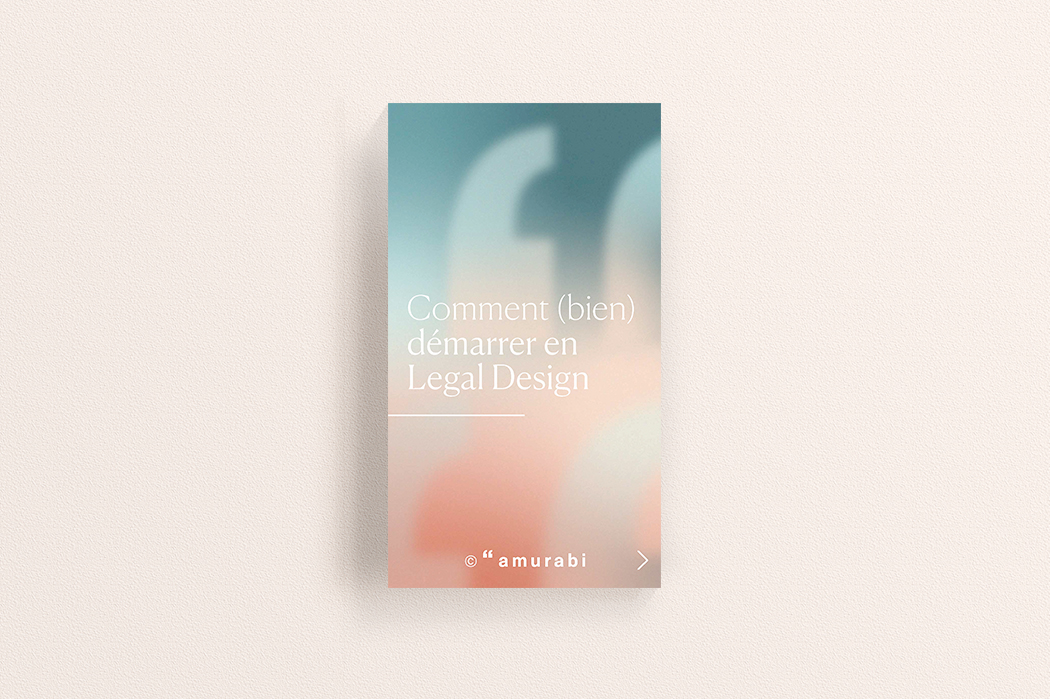
Legal design is a discipline that brings together design


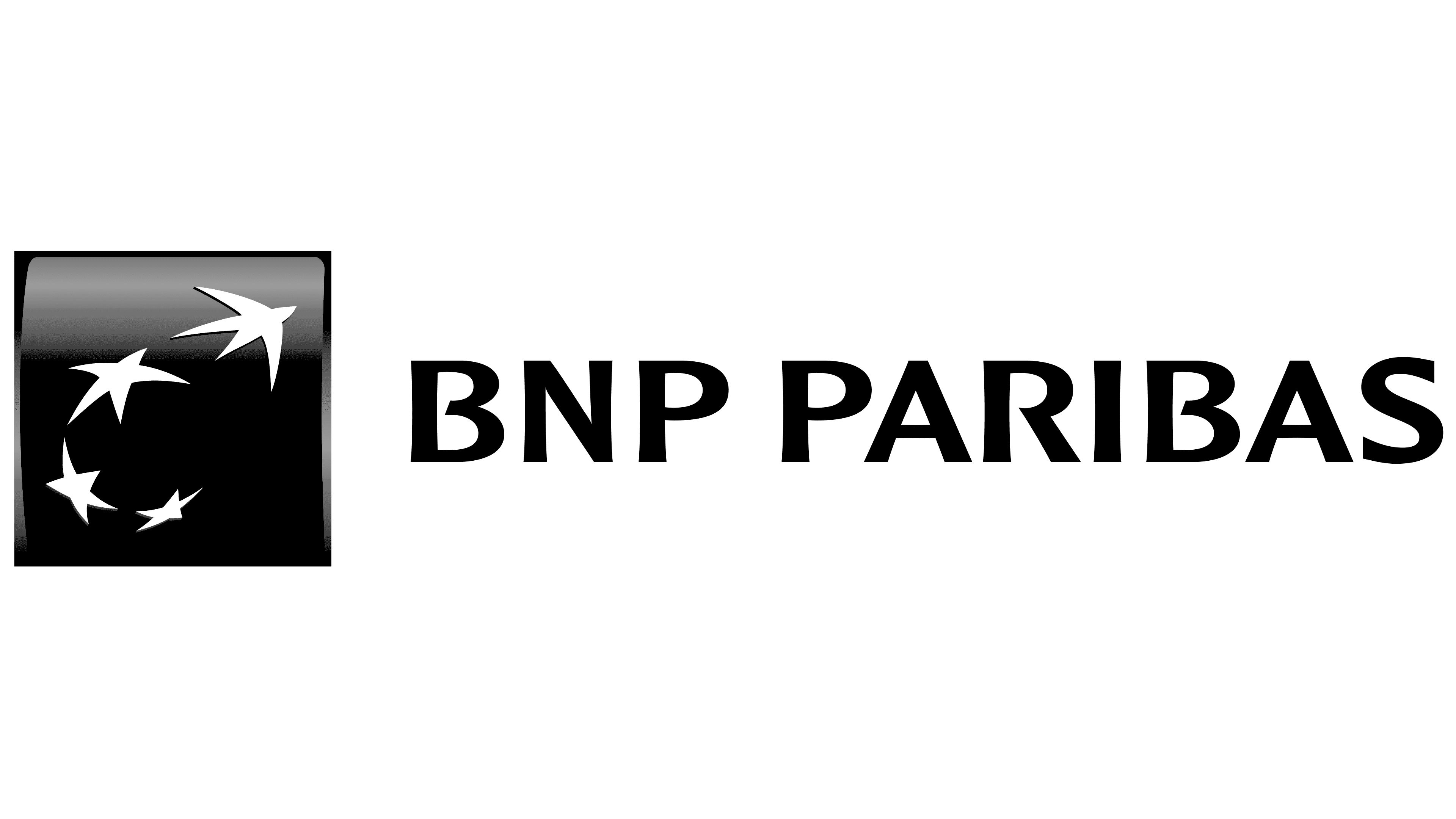



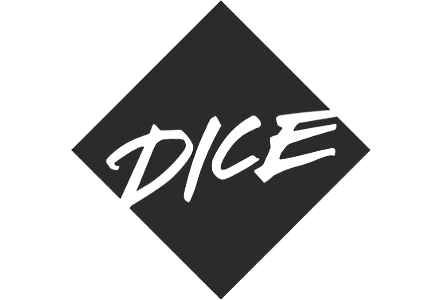


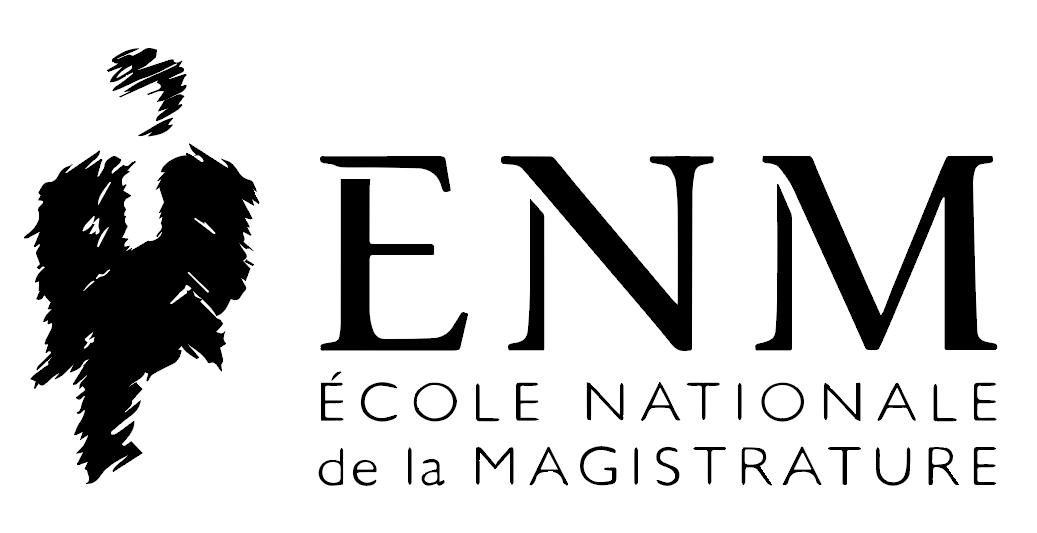








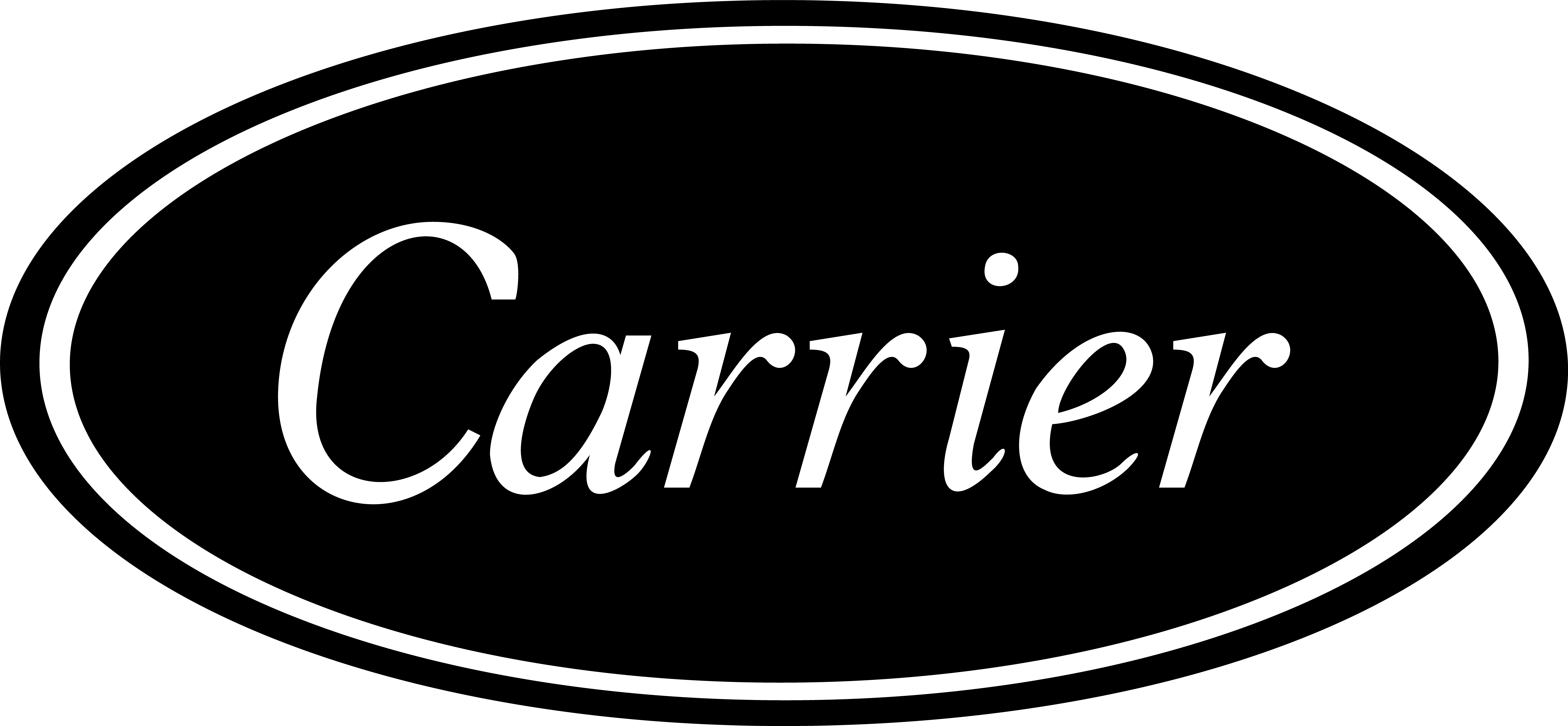


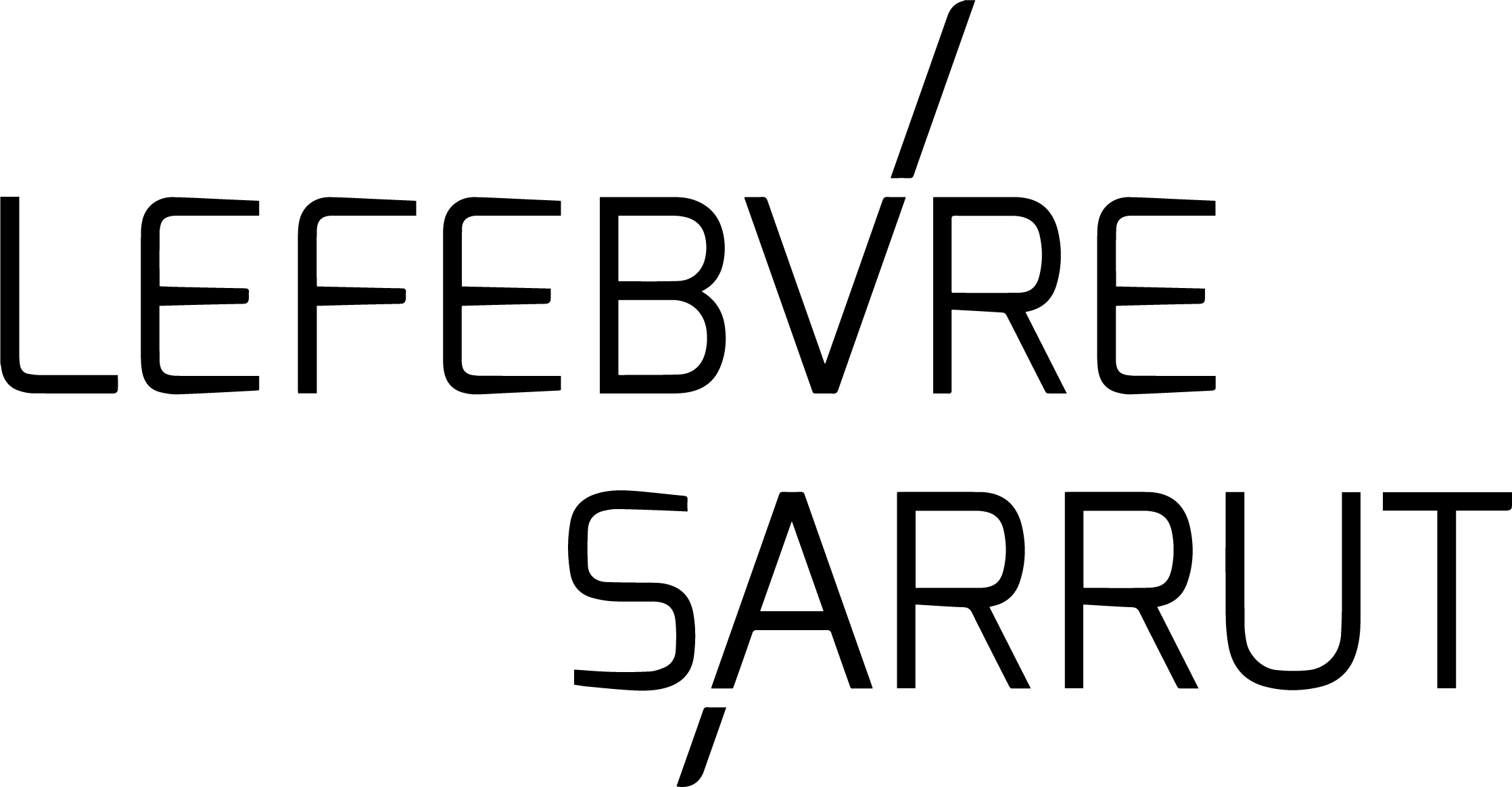






















Every month, receive our newsletters with our tips and latest projects